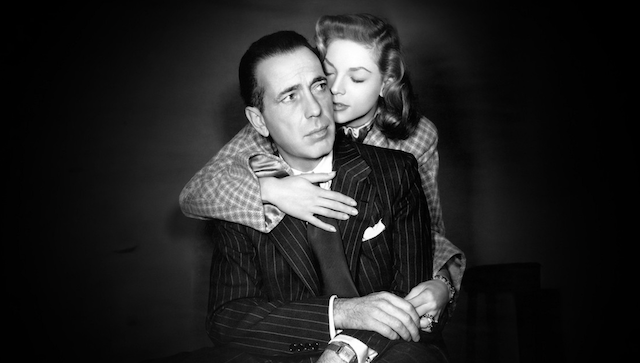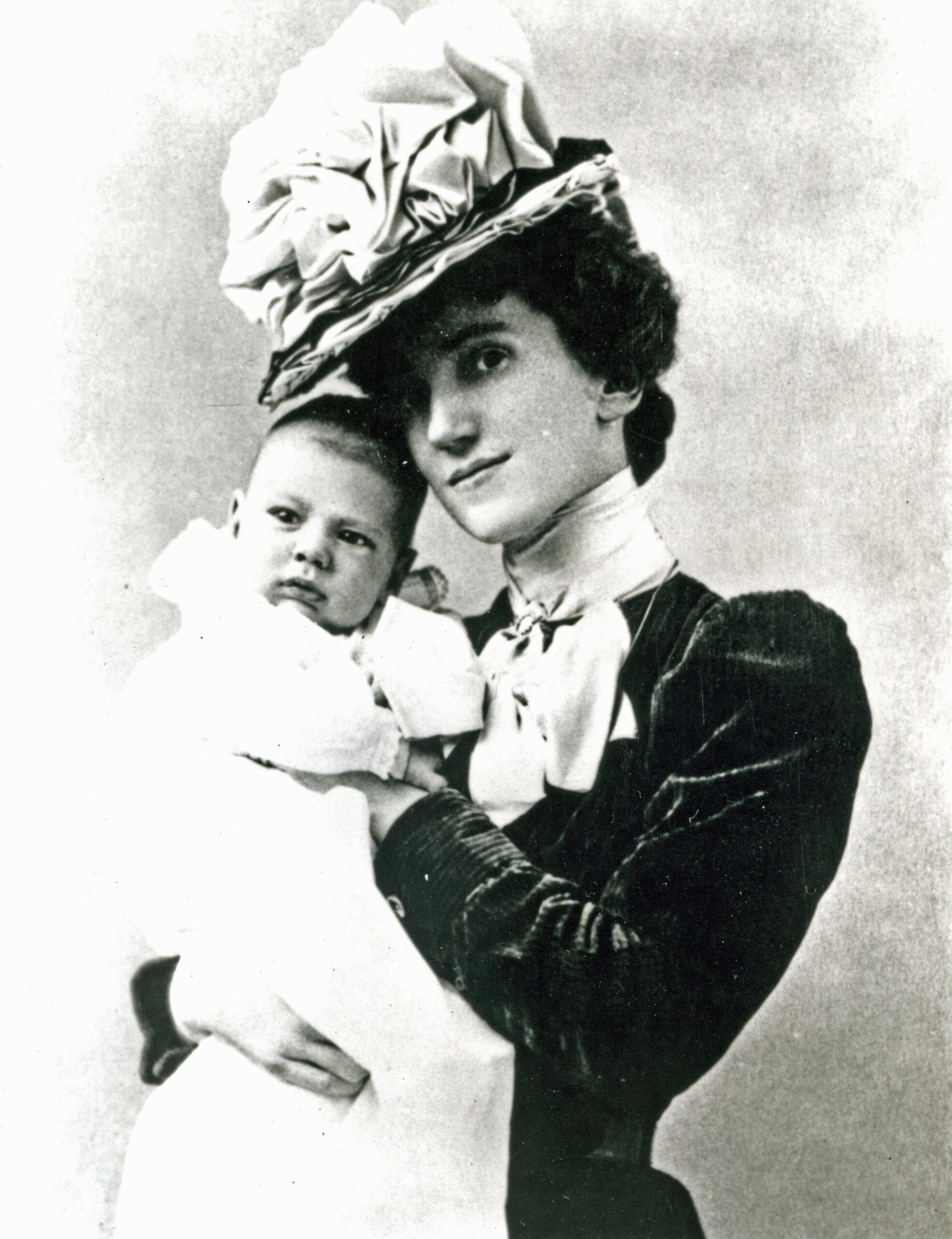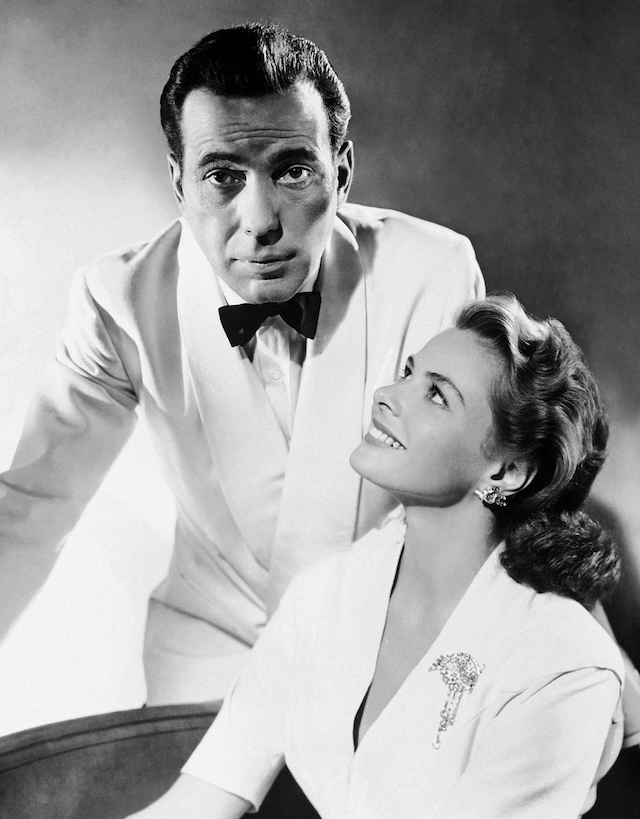
NBCUniversal brings to the silver screen the first doc about legendary Hollywood icon Humphrey Bogart endorsed by his estate. Bogart: Life Comes In Flashes, is the latest work by BIFA-winning, IDA-nominated, and BAFTA Breakthrough-selected filmmaker Kathryn Ferguson.
The motion picture provides an inside look at the icon of Hollywood’s Golden Age, narrated in Bogart’s own words. We retrace his rise to stardom and his relationships with the five formidable women in his life: his mother and his four spouses.
The trip down memory lane begins with Bogey’s funeral, attended by the most illustrious cinematic colleagues of his time, from Marlene Dietrich to David Niven, from Audrey Hepburn to Gregory Peck and even Ronald and Nancy Regan. His life’s tape rewinds to return to his origins, through black and white footage, alternated with reenactments in colour. Using previously unseen archives, letters, and interviews from those closest to the actor, Bogart: Life Comes In Flashes, explores the impact of one of the most influential cinematic and cultural icons of all time. Kathryn Ferguson is ingenious in chronicling the existence of the epitome of screen-manliness through a female-driven narration.

The first flash of the film’s storytelling pertains to the American actor’s entrance in the world. Humphrey Bogart was born on Christmas Day of the last year of the 19th century (1899) in New York City. He was the eldest child of the prominent cardiopulmonary surgeon Belmont DeForest Bogart and the esteemed illustrator Maud Humphrey — who frequently used her son as her model. Bogey’s memories, portray her as a ladylike woman, incapable of showing affection as a mother, yet very devoted to civil causes, as a suffragist, feminist and activist.
Growing up between the Upper West Side and Canandaigua Lake in upstate New York, Humphrey Bogart developed a fondness for the water and boats. This lead him to join the navy during World War I and eventually buy a boat, the Santana, named after the infamous Santa Ana Winds of California. Apparently, working on the set of The African Queen (the film which won him an Oscar) rekindled this early love of his.
Humphrey Bogart began to approach show business from the theatre, working as a stage manager, which lead him to meet his first wife Helen Menken, who was a very established stage actress. Her performance in the first English-language production of The Captive, a lesbian-themed drama, led to her arrest, which reflected the 1920s’ attitudes about homosexuality. This circumstance contributed to her lack of a film career and possibly to her divorce from Bogart, who meanwhile had began working in Broadway shows and eventually made his screen debut in the film The Dancing Town. Bogey then appeared in supporting roles for more than a decade, regularly portraying gangsters for his ‘masculine rugged look.’
At 27, Humphrey Bogart met American actress Mary Philips — who had appeared in productions such as The Postman Always Rings Twice — and had praised Bogey for his “old-fashioned virtues.” This is the flash of his second wedding, when Bogart was still a little-known stage actor, whilst Philips was an established actress in the New York theatre. When he began to gain film roles in Hollywood, Philips declined to move with him to California, not to compromise her established career on the Great White Way. The couple parted on good terms.

Bogart was praised for his work as Duke Mantee in The Petrified Forest, a role he gained thanks to his friend Leslie Howard, after whom he named his daughter many years later. But the two film noirs that launched Humphrey Bogart to stardom were High Sierra and John Huston’s The Maltese Falcon. And of course worldwide audiences would later associate Humphrey Bogart to Casablanca.
Mayo Methot was Humphrey Bogart’s third wife. The actress who had been nicknamed ‘The Portland Rosebud’ had been part of the young women liberated on the work place. However, with Joseph Breen applying the Hay’s Motion Picture Production Code, filmmaking was put under scrutiny and censorship, which reshaped also the role of women as mere wives and mothers. Bogart and Methot had a turbulent marriage: they both drank heavily and often were violent to each other, to the point of being named by the press ‘The Battling Bogarts.’ After Methot’s attempted suicide, Bogart urged her to visit a psychiatrist, and upon doing so, she was diagnosed with paranoid schizophrenia, marking the end of his third marriage.

The most important romantic flash for Bogart arrived at age 44, when he fell in love once more, thinking it would never happen again. He was smitten with 19-year-old Lauren Bacall, whose name was actually Betty Joan Perske, but was changed by Hollywood producers to deemphasise her Jewish heritage — although her loved ones (including Bogey) would always call her Betty. Bogart and Bacall met during the filming of To Have and Have Not. In the film’s famous whistle scene the banter and electric chemistry between them is blatant. Apparently Howard Hawkes tried to discourage their wedding, but the two became a solid couple, with Bogey holding a high opinion of her, as he said: “She’s smarter than me,” and adding “I never was happy until I met that one.” Their union was strong, probably because Bacall kept to the promise that their marriage would always come first, contrarily to his three previous wives who favoured their careers. They became parents of Stephen and Leslie, with the former having taken part in the making of Bogart: Life Comes In Flashes.
Meanwhile, with advent of the Communist scare, Bogart, a liberal Democrat, came forward in politics, organising the Committee for the First Amendment, opposing what he saw as the House Un-American Activities Committee’s harassment of Hollywood screenwriters and actors. On the more entertaining side, Bogart was a founder of the Hollywood Rat Pack. Legend goes that, after a long party in Las Vegas attended by Frank Sinatra and others, Bacall surveyed the wreckage and said: “You look like a goddamn rat pack,” hence the name that was made official at Romanoff’s in Beverly Hills.
In the film industry of his epoch, Humphrey Bogart was pioneering in creating his own production company, named after his beloved vessel: Santana. But in the wake of this new adventure his health started to fail him. In the course of a couple of years, the cancer lead him to his eternal rest.
The film intricately weaves a rich existence that traversed impactful world events: World War I, Jazz Age Broadway, The Great Depression, World War II and Golden Age Hollywood. Kathryn Ferguson has created a formidable documentary, exuding a love for its protagonist, history of film and theatre, and the cinematic craft that she deftly utilises in a multifaceted manner. Bogart: Life Comes In Flashes is an utter joy to watch.
Final Grade: A
Photos Courtesy of Freestyle Digital Media

